Inside Rockfield Studios, the legendary Monmouthshire recording retreat
Opened in 1965, Rockfield Studios is the world’s first residential studio facility and is now rated among the world’s finest and most characterful recording environments. We visit the iconic facility to find out more about its history and its part in the recording of so many classic albums.
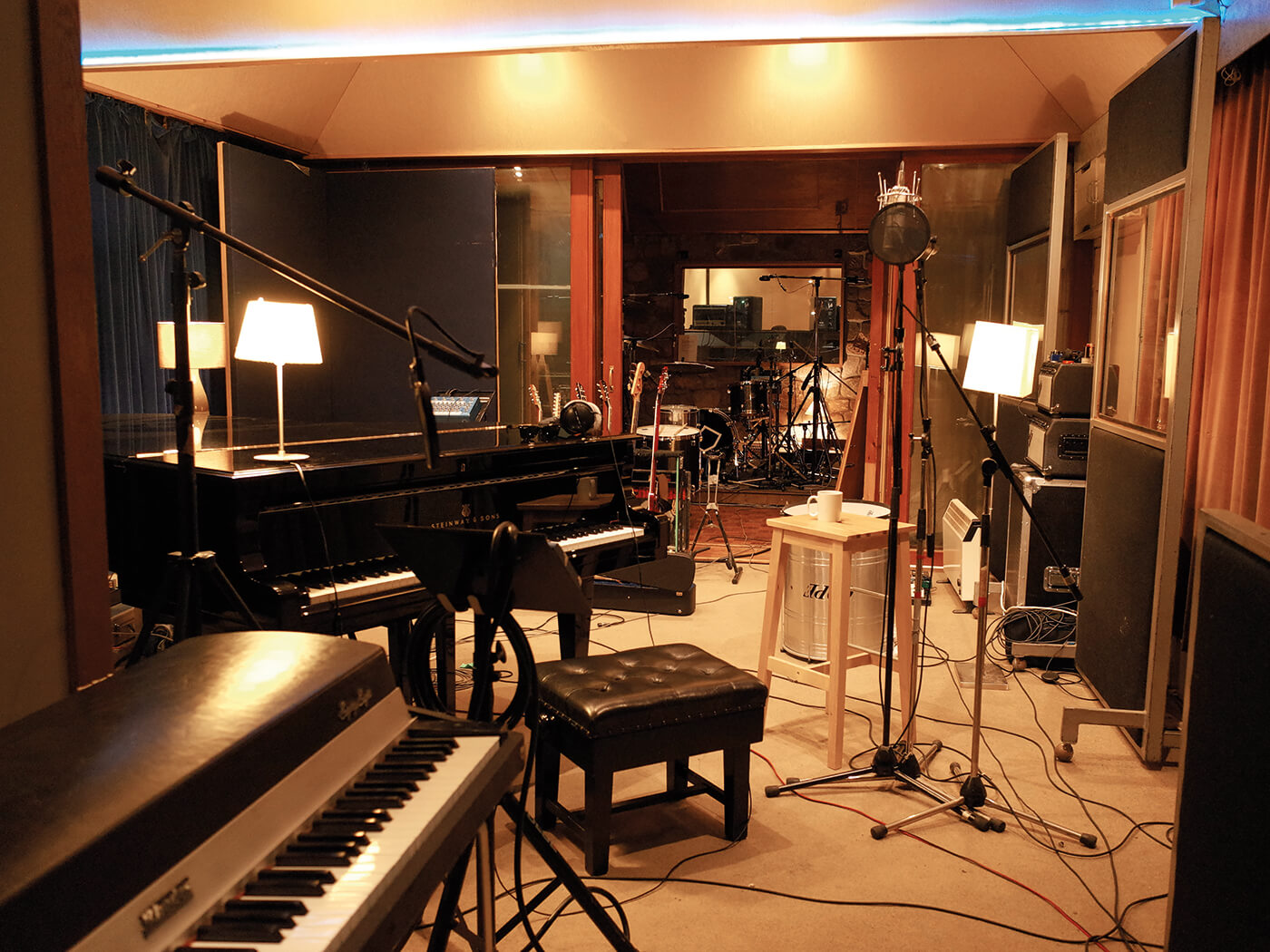
The main studio in the Coach House
Rockfield Studios is a legendary place, and with the recent release of the Queen biopic Bohemian Rhapsody, the studio’s name has now been introduced to a whole new generation of people. Rockfield is also unlike any other studio that you may have heard of – in a good way.
I first visited the studio in the summer of 2017 and knew I was in for something slightly different when, within 10 minutes of arriving, I was helping move a set of shelves from a garage and then being introduced to the herd of cows that live on site. I’m now returning to speak to founder Kingsley Ward and studio manager (and Kingsley’s daughter) Lisa about the fascinating history of the studio and what makes Rockfield unique.
Home recording
The story of Rockfield begins in 1959, when two young farmers, Charles and Kingsley Ward, decided they wanted to get into rock ’n’ roll. “I was into Elvis Presley and you can’t be into that unless you’ve got a guitar. So we got a guitar for five pounds and then, in 1960, my brother and I formed a little rock group, and he wrote a couple of songs.”
In the late 50s and 60s, recording studios were not very common and were predominantly based in London – not very easy for two lads from Wales to access. However, as Kingsley says: “There was a local gentleman and he had a tape recorder. So we borrowed it off him and we went in my mum’s front room. I operated the tape recorder and Charles strummed the guitar and played two little songs.”
But what did these two young lads, desperate to get into rock ’n’ roll, do with their recording? “In those days, the music industry was so remote; we were farmers and we had no idea what to do.”
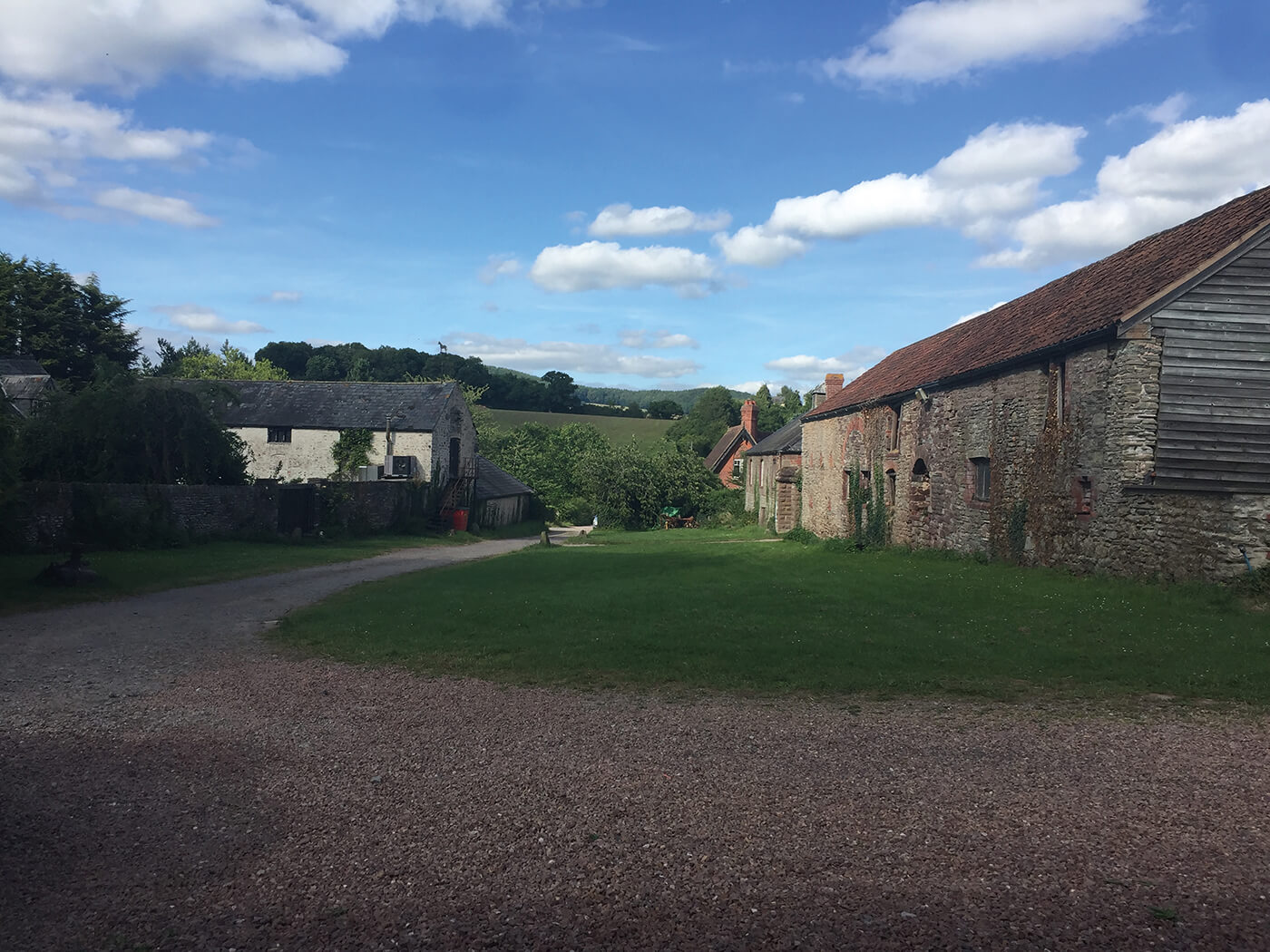
Charles and Kingsley took inspiration from the records they already owned: they looked at one of the records in their collection and the label read: EMI Records, Hayes, Middlesex. And Kingsley thought, ‘Oh well, that’s the place to go.’
They took their tape machine with the recording of Charles’s two songs up to Hayes, Middlesex and it turned out to be a pressing factory. The security guard told them: “You should have gone to EMI House.” When they eventually arrived at EMI House in London, they were taken into reception to a lady sitting behind the front desk.
She said: “Oh, you need to see a record producer.” Looking up on the wall, they saw names of producers including Norrie Paramor, who had produced Cliff Richard and the Shadows, and George Martin. The receptionist then said: “I’ve made an appointment for you to see Mr Martin next Tuesday.”
As Kingsley remembers: “There’s George Martin, I can see him today, sat behind his desk, beaming away. He said: ‘Hello lads.’ I looked around and I could see the speakers behind him and the beautiful EMI tape machine. And we’re sat with our little tape machine on our lap! He probably remembered us until the day he died. Never mind The Beatles, he got to meet us two! He said: ‘Alright, give me the tape.’ I said: ‘I can’t. The tape’s on the tape machine, we can’t get it off.’ Because we didn’t know any different, we had it all queued up, ready to play. So I get under his desk, unplug his beautiful EMI tape machine, plugged ours in and stuck it under his nose, and we pressed play. He said: ‘Oh yes, I love your two songs. You come back in six months and I’ll see if I can help.’”
However, in 1961, they didn’t go back to George Martin, they went to see the now legendary Joe Meek instead. Kingsley explains: “Well, we had records out with Joe, but really, we learned a lot from Joe, because he had a studio and we could see what he was doing.”
A commercial studio
However, because there weren’t really any studios outside London in 1961 – and certainly none in rural Wales – Kingsley and Charles decided to set up their own studio at home. So, with a simple tape machine in the attic of their home, they began by making basic recordings using the skills they had learnt working with Joe Meek.
“We called ourselves Future Sounds Limited and we got better and better at making these demos. All of a sudden, we’re recording little Welsh groups down the valleys and we’re charging £5 to make them an acetate. Suddenly, we were a commercial studio. We were probably one of the first ones outside of London – we didn’t know it back in 1961, but that’s what we were.”
The technology at the facility was still quite basic at this time, but it proved a lot easier to access for many bands than travelling all the way to London. They had consoles built by Neil Ross of Rosser Electronics in Swansea and their first tape machine was a Ferrograph, installed in the attic of their home.
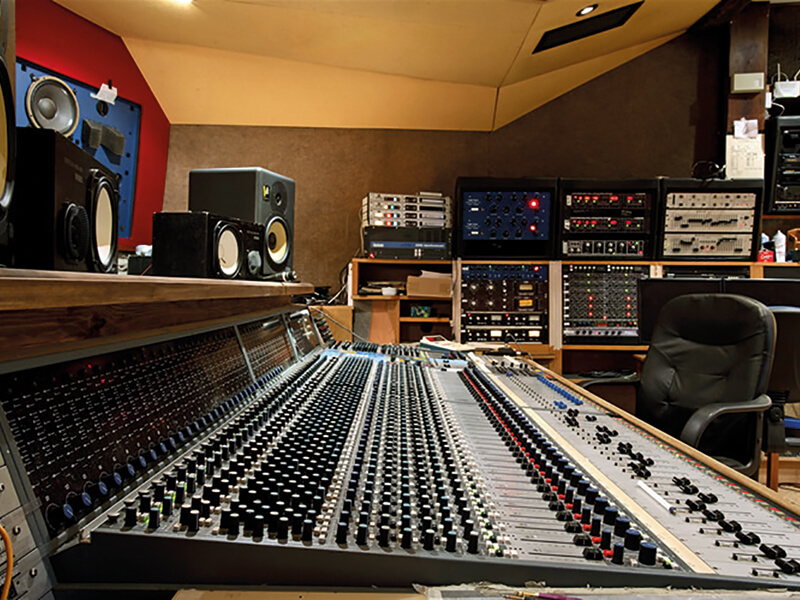
By this point, their recordings were getting very good, so they headed back to EMI – the place they had met George Martin five years before. Kingsley and Charles met a gentleman called Roy Pip: “He was the A&R guy then and he listened to all our tapes and he said: ‘I can’t believe it. There’s a couple of Welsh lads doing all these bands. Would you sign a contract with EMI to find groups for us, and develop bands and make records for us?’ We went from zeros to heroes, as simple as that.”
In the mid 60s, the studios were still known as Future Sounds, but singer Dave Edmunds drove in one day and said: “Why don’t you call your studio Rockfield after the village next door?” The studio then changed its name to the one still used to this day.
Around 1965, a band called Elephant’s Memory from New York arrived to use the studio. Kingsley recorded them upstairs in the little studio, but they had nowhere to stay because there weren’t any hotels around Monmouth at the time.
So, a solution was devised that the band would stay in the house of Kingsley and Charles’s mother and father. And that’s the point when Rockfield became the world’s first residential studio. As Kingsley says: “It was all by accident, really!”
In 1967, Kingsley heard Abbey Road had 8-track machines and duly ordered one for Rockfield. Around the same time, they built their next studio in a stable block next to the house – this was to become the Coach House, which is still in use today. Kingsley explains: “We’d caught up with the biggest studio in the country, buying the same equipment. Just eight years from a standing start with nothing going for us, to have caught up other studios with eight tracks! We’ve always been ahead of the game.”
Success comes knocking
Before long, Black Sabbath turned up to record some demos (featuring a 17-year-old Ozzy Osborne) and Kingsley recorded some early demos for Paranoid. However, Rockfield’s big break came in 1970 when Dave Edmunds had a massive hit record with I Hear You Knocking, which sold millions and, as Kingsley explains: “That really made Rockfield something.”
In 1972, Rockfield built another studio on site – the Quadrangle studio in the main courtyard. After recording a massive hit record and building a second recording space, everybody started turning up to record at the now famous Rockfield Studios: Todd Rundgren, Hawkwind, Iggy Pop and, of course, Queen.
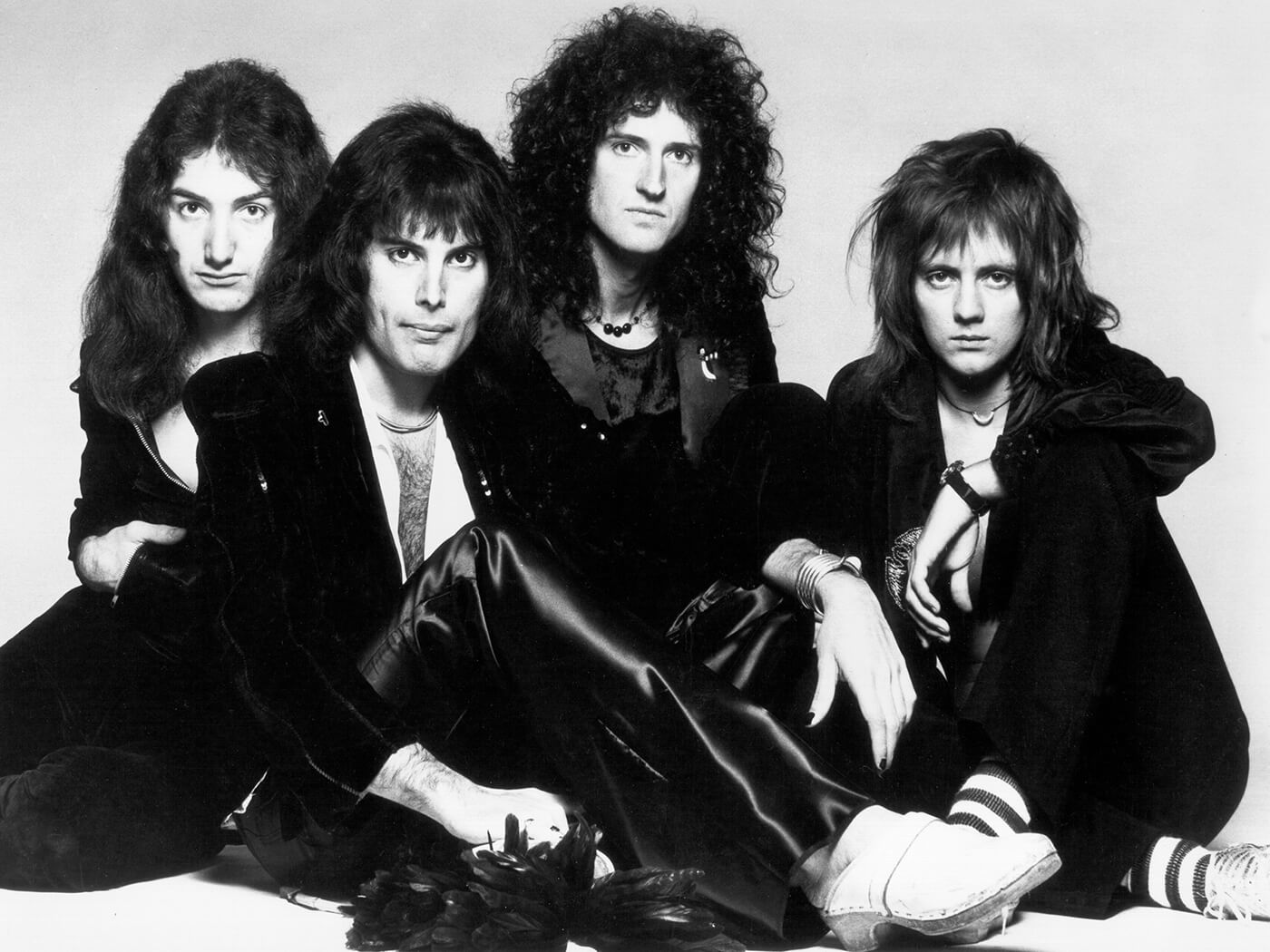
In the 80s, artists such as Simple Minds and Adam And The Ants used the facility, and the studios had now expanded to consist of two large facilities on the main site and a separate one down the road in Monmouth itself.
By the late 80s, Charles decided that he wanted to run a separate commercial studio, so he took part of the company and built Monnow Valley studio, while Kingsley stayed at Rockfield. “It wasn’t like we split up, it was just that the company was so big and [Charles] was happy to build a studio.”
Around the same time, Rockfield was refitted with the world’s first Neve VR consoles; it was subsequently refitted again in 2000. The decision at this point was to move to all-vintage equipment and Rockfield brought in an MCI console, which originally came from the CBS studios in London in 1976 for the Quadrangle Studio and a Neve 8128 series for the Coach House. Going ‘vintage’ in 2000 was a brave move.
But as Kingsley explains: “My theory is, never do the same as every other studio, always do the opposite – otherwise nobody remembers you. Some people will like you and some people won’t, but if you’re different to everybody else, you will attract some attention.”
Rockfield today
As you approach the site today, what strikes you is that from the outside, Rockfield still looks, to all intents and purposes, a bit like a farm. The driveways are only part-finished and there are huge barns and paddocks. It’s very much still in the countryside and hasn’t been swallowed up by expanding urbanisation.
The Coach House studio is still based around the Neve 8128 vintage non-automated desk with a range of preamps from API, Neve and Rosser Electronics. Recordings can either be made to Pro Tools or a Studer 24-track tape machine. The Coach House has an amazing live room equipped with a Yamaha Grand Piano, some lovely original electric pianos and a Hammond organ. The room is divided into different areas, each with its own ambience, incorporating some isolation booths to one side for a drier sound.
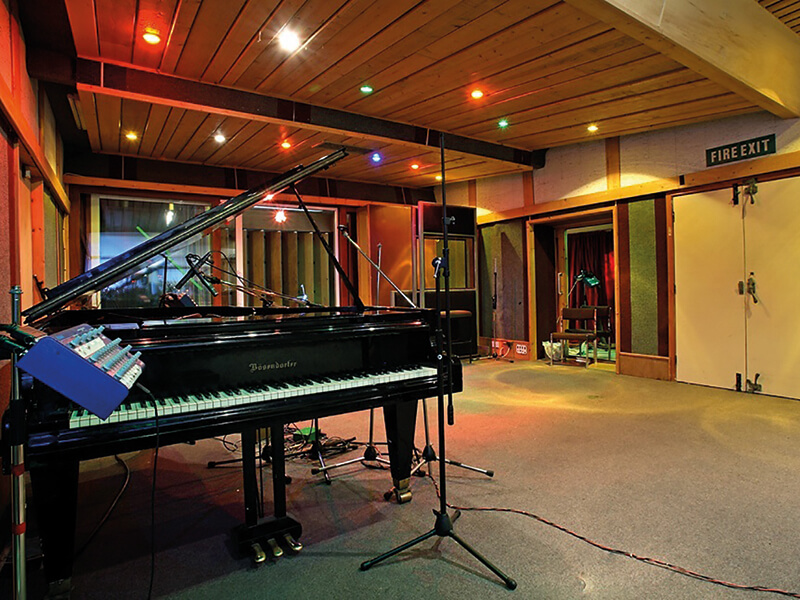
Fulfilling the residential function of Rockfield studio, at the far end of the drive is the accommodation for the Coach House studio. It’s a purpose-built construction, featuring several double bedrooms, all centred around the communal living space.
To the left of the main entrance is the courtyard or Quadrangle. This is the home of the eponymous Quadrangle Studio; it’s the accommodation block and the administration area for the site. The Quadrangle Studio is also still based around the MCI desk, again with a range of lovely preamps and a complete Pro Tools rig and another Studer 24-track tape machine.
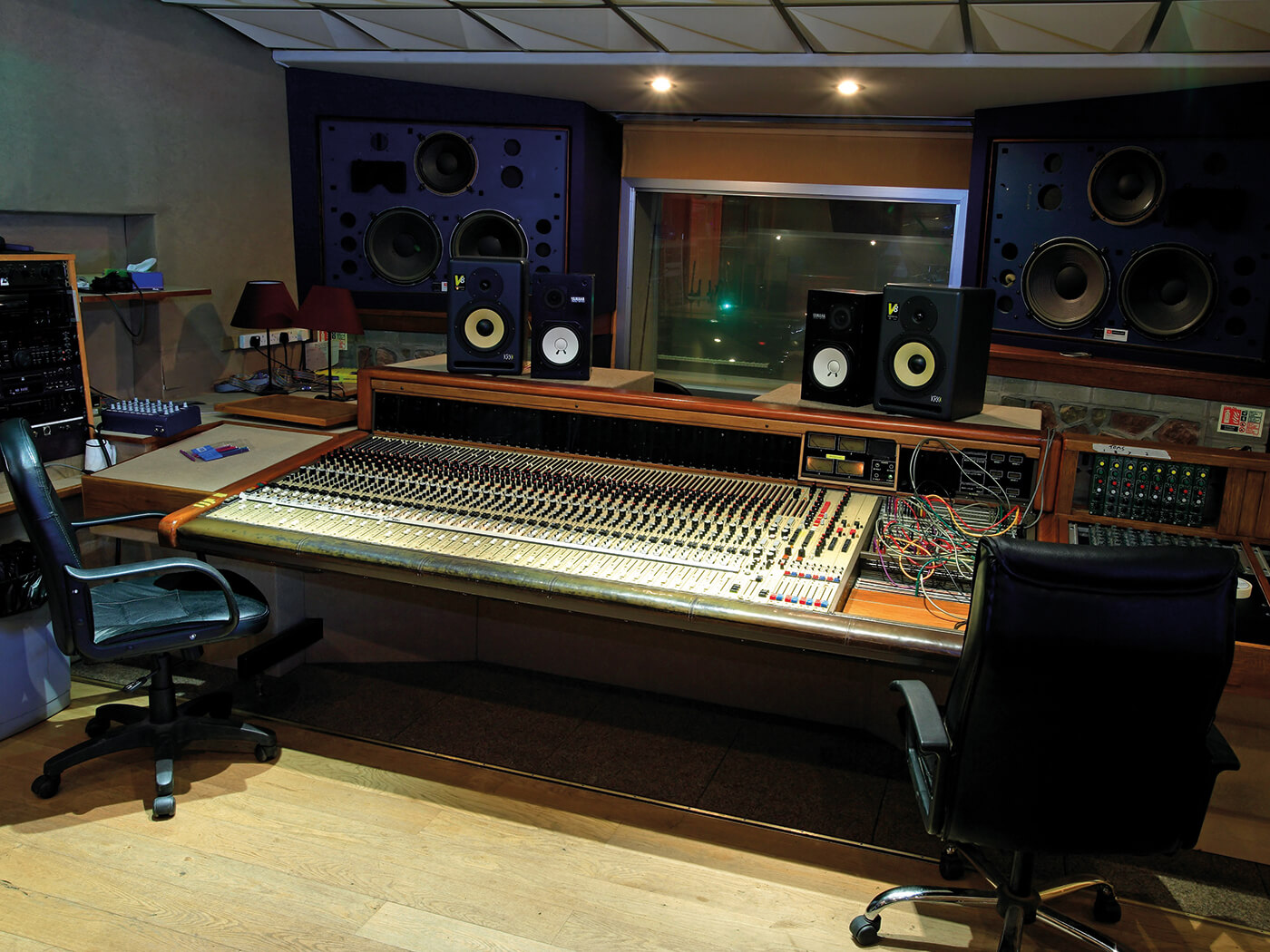
The live space for the Quadrangle is either side of the control room, and again features a range of different levels of ambience with some isolation booths. Here, artists have access to a Bösendorfer Grand Piano and another Hammond organ.
One of the unique features of Rockfield is the provision of natural echo chambers that are built into one side of the Quadrangle. These, along with four EMT plate reverbs, are usable from both studios and provide a range of lovely ambient sounds.
Now in its sixth decade, Rockfield is as busy as ever and has expanded its offering, though the majority of the work is studio-based. As Lisa explains: “We’ve had one of our busiest years in a very long time. The studios especially have been really, really busy and going into 2019, we have at least one studio booking every month until July. That isn’t back-to-back, obviously, but it’s very encouraging that we’ve got so much work coming in.”
One of the other strands that Rockfield has moved into is offering masterclasses in the studios (see box, left). However, Lisa points out that this can’t be the only focus. “It’s key for us to maintain the studios. We’re not looking to go 100 per cent into education, because it’s really important that we can offer the students to come and work in a proper commercial recording studio and that they do get that feeling of being in the real world.”
The future
So as Rockfield heads towards the end of its sixth decade as a commercial studio, things are looking positive. The industry is the not the same as it was when Rockfield began but, as Lisa suggests, their background as farmers has helped: “You are always having to work around obstacles and having to diversify and change what you offer to suit what the market requires – and we are able to do that.”
So, while the industry continues to face challenging times, it seems that one of our most iconic studios will be going strong for many years to come.
Rock of ages
A small selection of the classic records to come out of Rockfield Studios
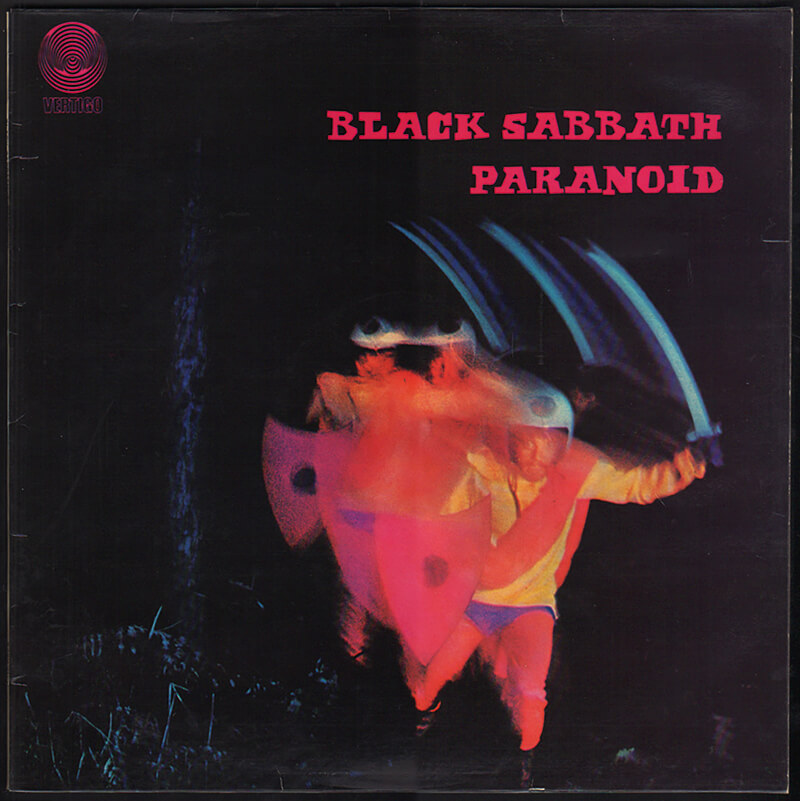
1970
Black Sabbath
Paranoid
Listen to it here.
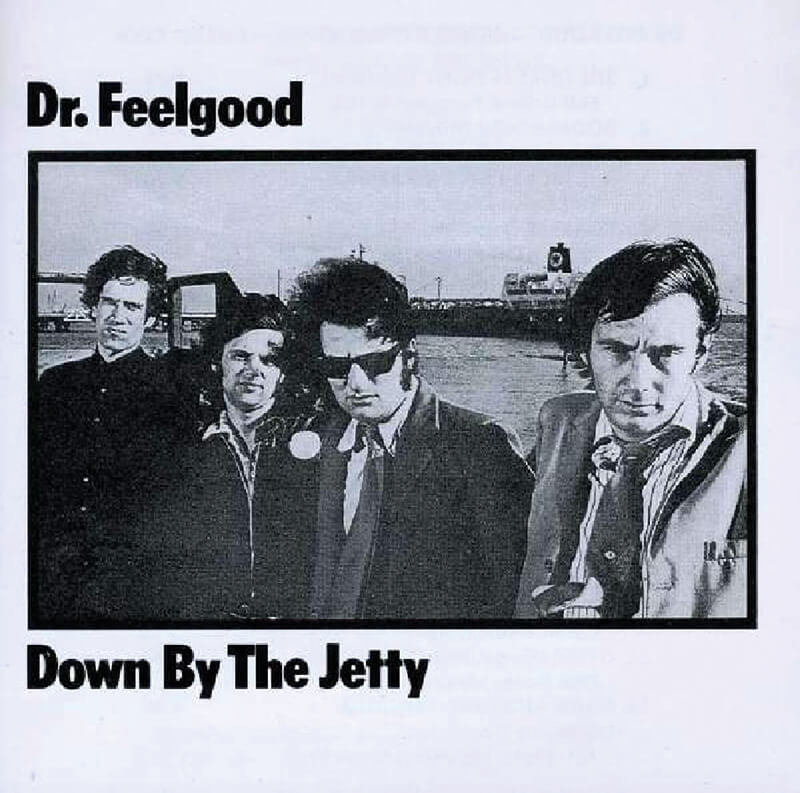
1975
Dr Feelgood
Down by the Jetty
Listen to it here.
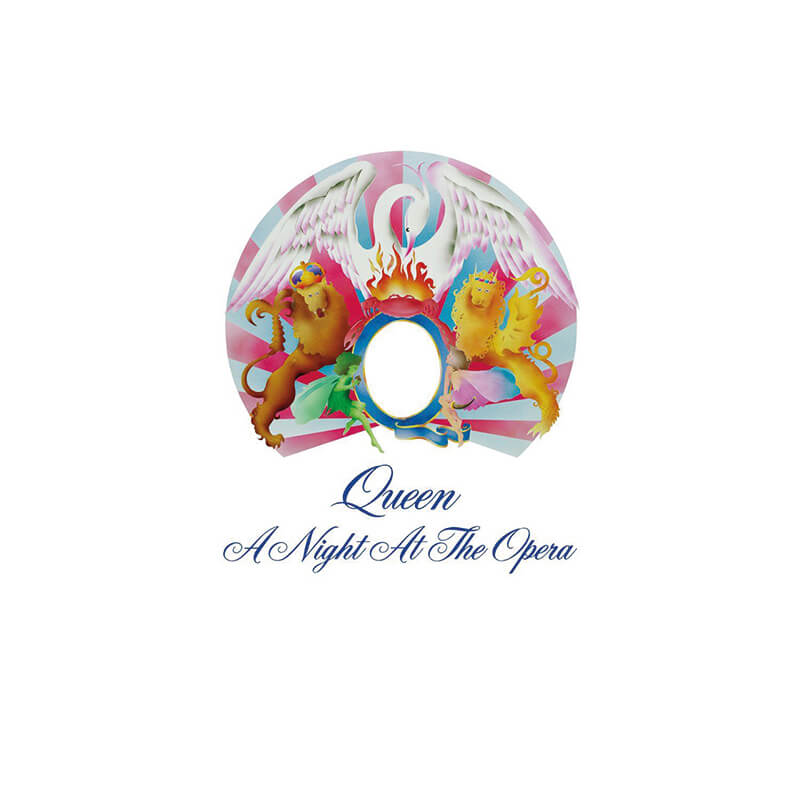
1975
Queen
A Night at the Opera
Listen to it here.
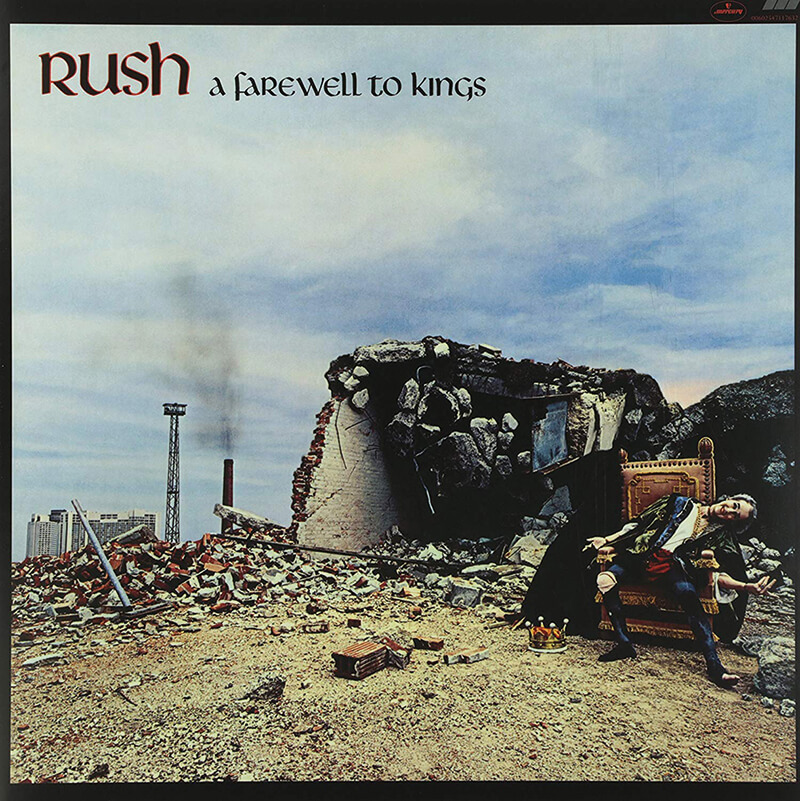
1977
Rush
A Farewell to Kings
Listen to it here.
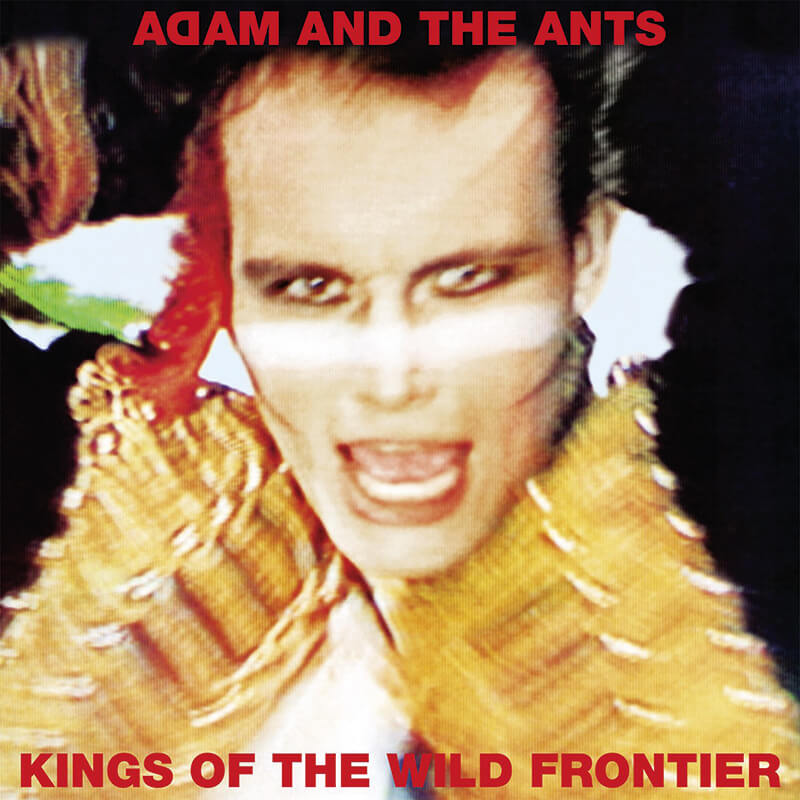
1980
Adam and the Ants
Kings of the Wild Frontier
Listen to it here.
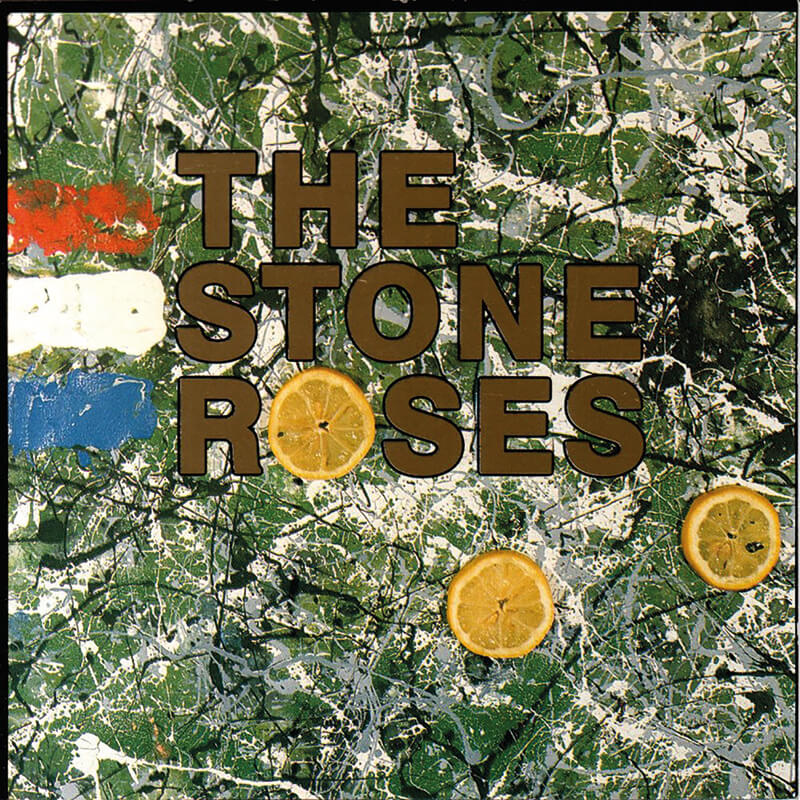
1989
The Stone Roses
The Stone Roses
Listen to it here.
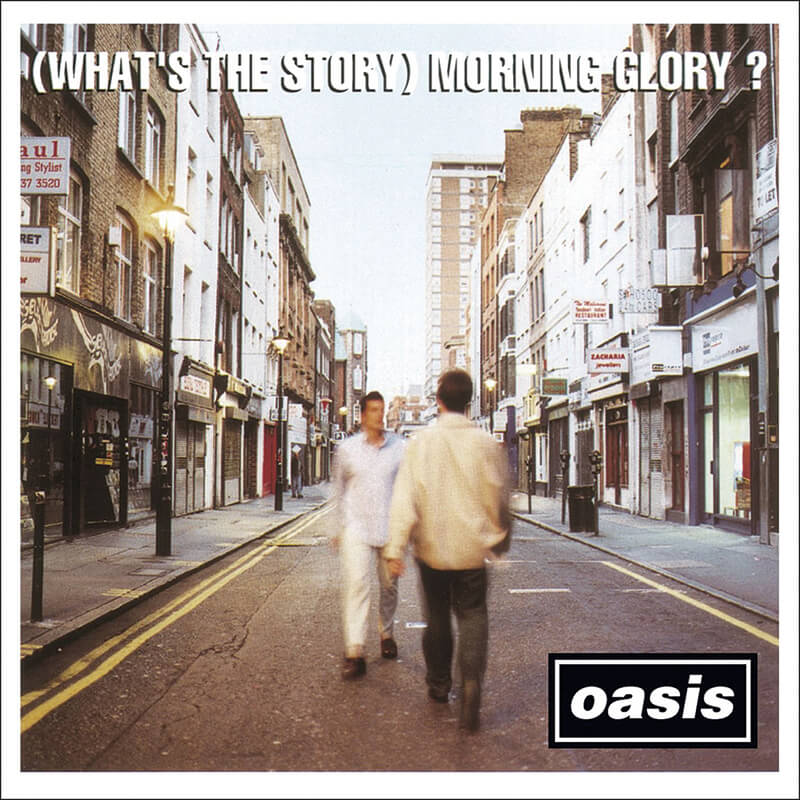
1995
Oasis
(What’s the Story) Morning Glory?
Listen to it here.
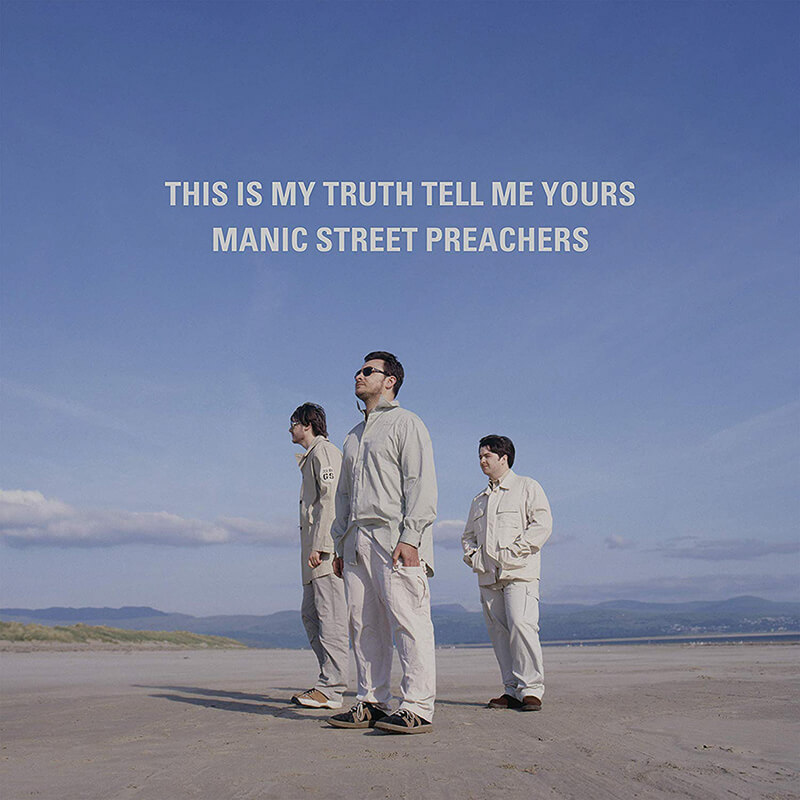
1995
Manic Street Preachers
This is My Truth Tell Me Yours
Listen to it here.
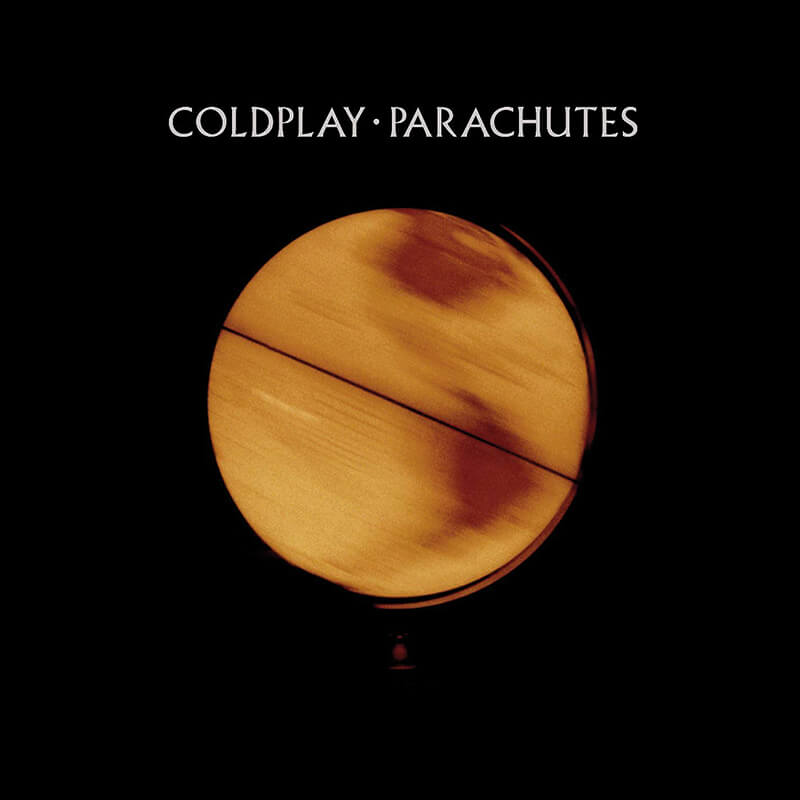
2000
Coldplay
Parachutes
Listen to it here.